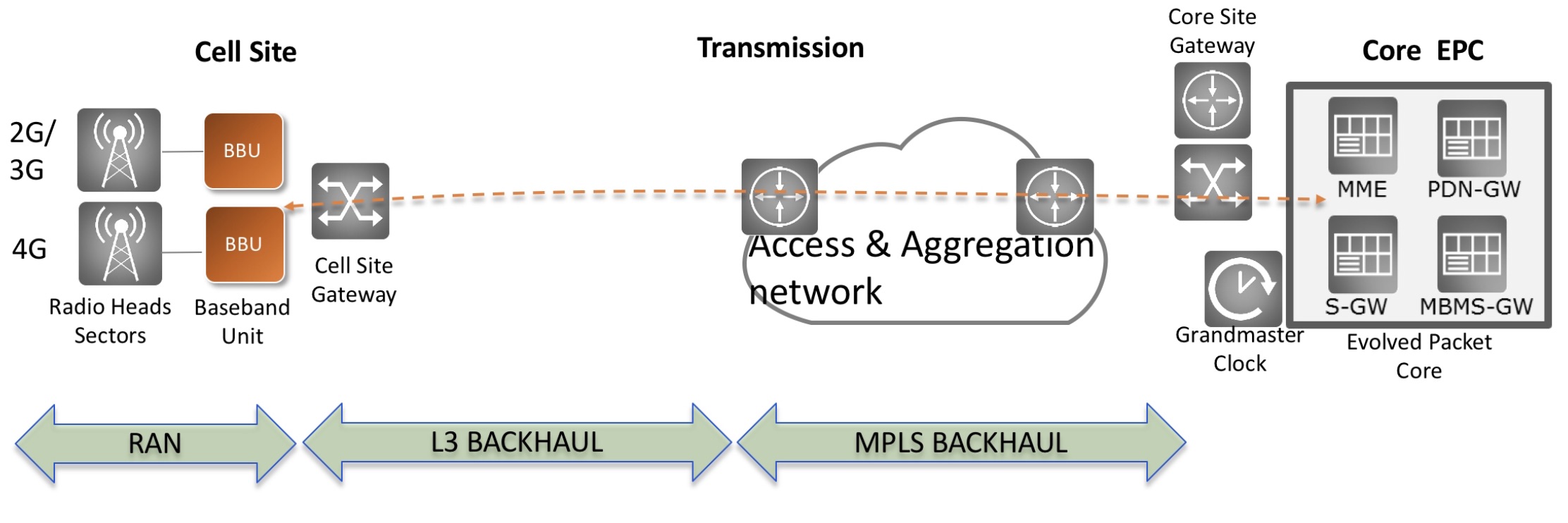Books in 2018 - Part 2
 Monday, December 17, 2018 at 11:53AM
Monday, December 17, 2018 at 11:53AM Some more books consumed in 2018, as recommended by Maxim Kuschnerov and Andrew Schmitt.
Maxim Kuschnerov, senior R&D manager at Huawei.
It is hard to believe the book Fire and Fury: Inside the Trump White House by Michael Wolff was published in 2018. Judging by what has happened since Trump’s inauguration, this recollection of his first days in the White House seems outdated. But it was fun to read while the memory of the election was still fresh. It is hard to judge whether all the book’s sources are truthful but the main message is certainly not too far off.






